Remember when Saturday mornings meant cereal bowls, pajamas, and cartoons that defined our childhoods? Long before streaming services and on-demand entertainment, we’d race to the television set to catch our favorite animated shows, often arriving early just to hear those unforgettable theme songs. Though decades have passed, these musical introductions remain etched in our memories, capable of transporting us back to simpler times with just a few nostalgic notes.
1. “The Jetsons” (1962-1963, 1985-1987)
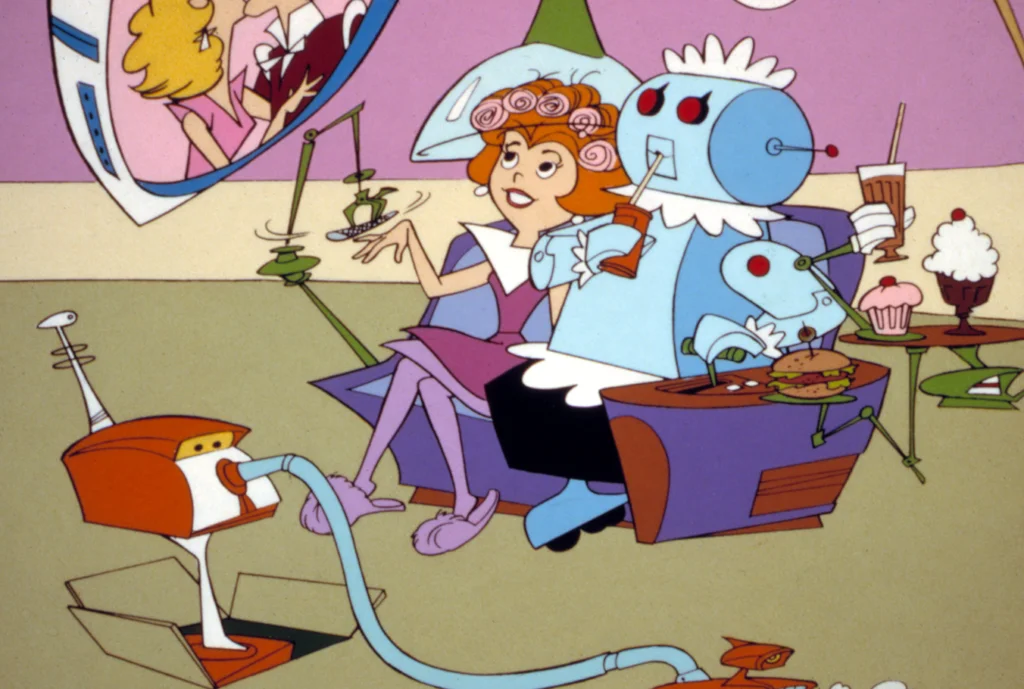
The space-age family that showed us a futuristic world of flying cars and robot maids also gave us one of the most recognizable theme songs in cartoon history. Those jazzy horns and that iconic “Meet George Jetson” vocal callout still feel as fresh today as they did when they first aired on ABC in the early 1960s. The cheerful optimism of the melody perfectly captured America’s fascination with space exploration and technological progress during the height of the Space Race. Smithsonian Magazine argues that, even over five decades later, this series is as relevant and worth a rewatch as ever.
Hanna-Barbera’s composer Hoyt Curtin crafted this unforgettable tune that many of us can still whistle from memory without missing a beat. The theme received a slight update for the show’s 1980s revival, but the core melody remained untouched because, well, you don’t mess with perfection. Even today, hearing those first few notes is enough to make many of us envision Astro the dog, Rosie the robot, and George’s comical struggle with that treadmill in the opening credits.
2. “Jonny Quest” (1964-1965)
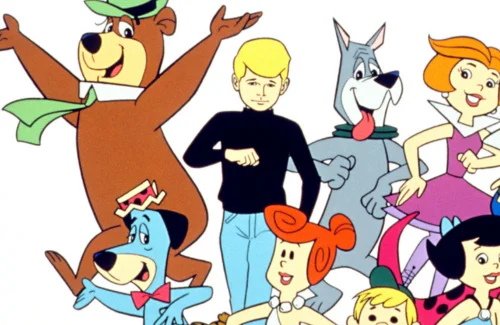
With its dramatic brass section and pulsating percussion, the Jonny Quest theme song brought a cinematic quality to Saturday morning cartoons that was revolutionary for its time. The adventurous instrumental piece composed by Hoyt Curtin perfectly set the stage for the show’s exotic locations and action-packed storylines. Many music critics consider it one of the most sophisticated pieces of music ever created specifically for a children’s cartoon. For those still aghast that this show ever came to an end, SlashFilm pieces together the reasoning for its untimely demise.
The theme’s dramatic arrangement reflected the show’s more mature tone compared to other cartoons of the era, making us feel like we were embarking on a real adventure each episode. Those intense horns and driving rhythms signaled that Jonny, Hadji, Race Bannon, and Bandit were about to face danger that felt genuinely thrilling to young viewers. The theme was so well-regarded that it influenced adventure show themes for decades to come and has been sampled in various forms of media since its original airing.
3. “Rocky and Bullwinkle” (1959-1964)
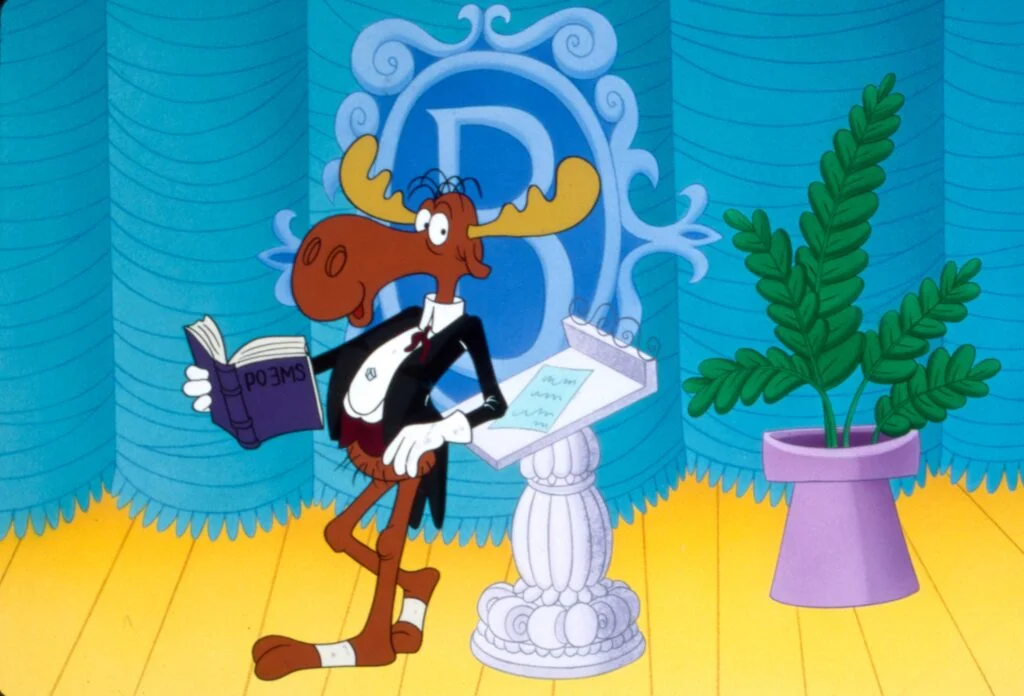
The whimsical “Rocky and Bullwinkle” theme with its playful melody and circus-like quality perfectly matched the show’s irreverent humor and zany adventures. Composer Fred Steiner created a theme that was as memorable as the moose and squirrel duo themselves, with a tune that practically dared you not to smile when you heard it. The theme went through several variations throughout the show’s run, but each version maintained that distinctive bouncy quality that told viewers they were in for some good-natured mischief. The show may have ended, but Mental Floss has unearthed some fun facts about the beloved series that adds a whole new way of watching it.
What made this theme especially effective was how it established the lighthearted tone of a show that was actually quite sophisticated in its satire and wordplay. The cheerful, almost vaudevillian quality of the music provided the perfect counterpoint to the Cold War espionage plots and clever social commentary woven throughout the episodes. Even hearing a few notes of this theme today can transport baby boomers back to a time when Boris, Natasha, and Fearless Leader were the villains we loved to hate.
4. “Underdog” (1964-1973)

“Speed of lightning, roar of thunder, fighting all who rob or plunder!” These lyrics introduced us to the humble shoeshine boy who transformed into the caped canine superhero whenever sweet Polly Purebred needed rescuing. The triumphant, march-like quality of the Underdog theme made us believe that even the most ordinary among us could become extraordinary when duty called. The song’s memorable lyrics, written by W. Watts Biggers, were so catchy that many of us can still recite them verbatim despite the decades that have passed.
What made this theme especially noteworthy was how it borrowed from the superhero musical tradition established by “Superman” while adding a dose of self-aware humor perfect for a dog in a red cape. The orchestration built to a heroic crescendo that had kids jumping around their living rooms, arms outstretched, pretending they too could fly to the rescue. Few cartoon themes so perfectly captured both the heroism and the gentle parody that made the show itself such a beloved part of animation history.
5. “Josie and the Pussycats” (1970-1971)
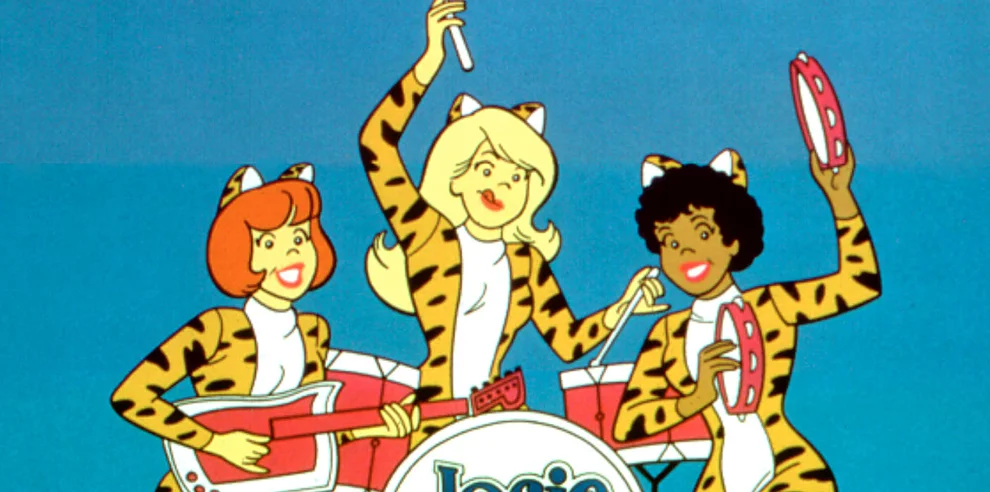
Long before animated bands like Gorillaz topped the charts, Josie and her feline-eared friends gave us a theme song that legitimately could have been a pop hit in its own right. The bubblegum pop sound with those harmonized “Long tails and ears for hats” lyrics captured the essence of early 1970s music while introducing one of the first all-female bands in cartoon history. The catchy tune was produced by music industry titan Danny Janssen and performed by real-life singers Patrice Holloway, Cherie Moor, and Cathy Dougher.
What made this theme song particularly special was that it wasn’t just background music—it represented the fictional band’s actual sound within the show’s universe. Many of us found ourselves humming the infectious melody long after the Saturday morning cartoon block had ended. The theme song’s cultural impact extended beyond the show itself, influencing the 2001 live-action film adaptation and cementing these animated rock stars in pop culture history.
6. “Speed Racer” (1967-1968)
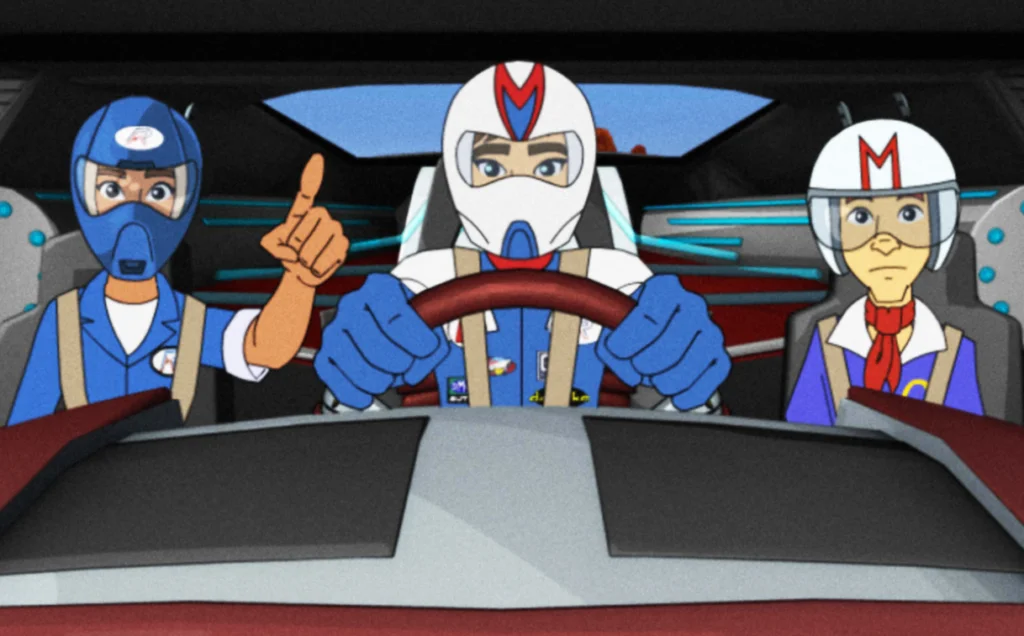
With its rapid-fire lyrics and high-octane energy, the English adaptation of “Speed Racer” (originally “Mach GoGoGo” in Japan) pumped adrenaline through our veins before each episode even began. The breathless pace of the vocals—”Here he comes, here comes Speed Racer, he’s a demon on wheels”—mirrored the show’s fast-paced racing action and created a sense of urgency that had us on the edge of our seats. The theme perfectly captured the show’s blend of drama, action, and the nascent anime aesthetic that would later become hugely influential in Western animation.
The song’s driving beat and dramatic instrumental breaks became synonymous with excitement for an entire generation of viewers. What’s particularly impressive about this theme is how it managed to convey the essence of the show despite being significantly reworked from its Japanese original for American audiences. Even today, those opening notes can trigger memories of the Mach 5’s incredible gadgets, Racer X’s mysterious presence, and Spritle and Chim Chim’s mischievous stowaway antics in the trunk.
7. “George of the Jungle” (1967-1970)
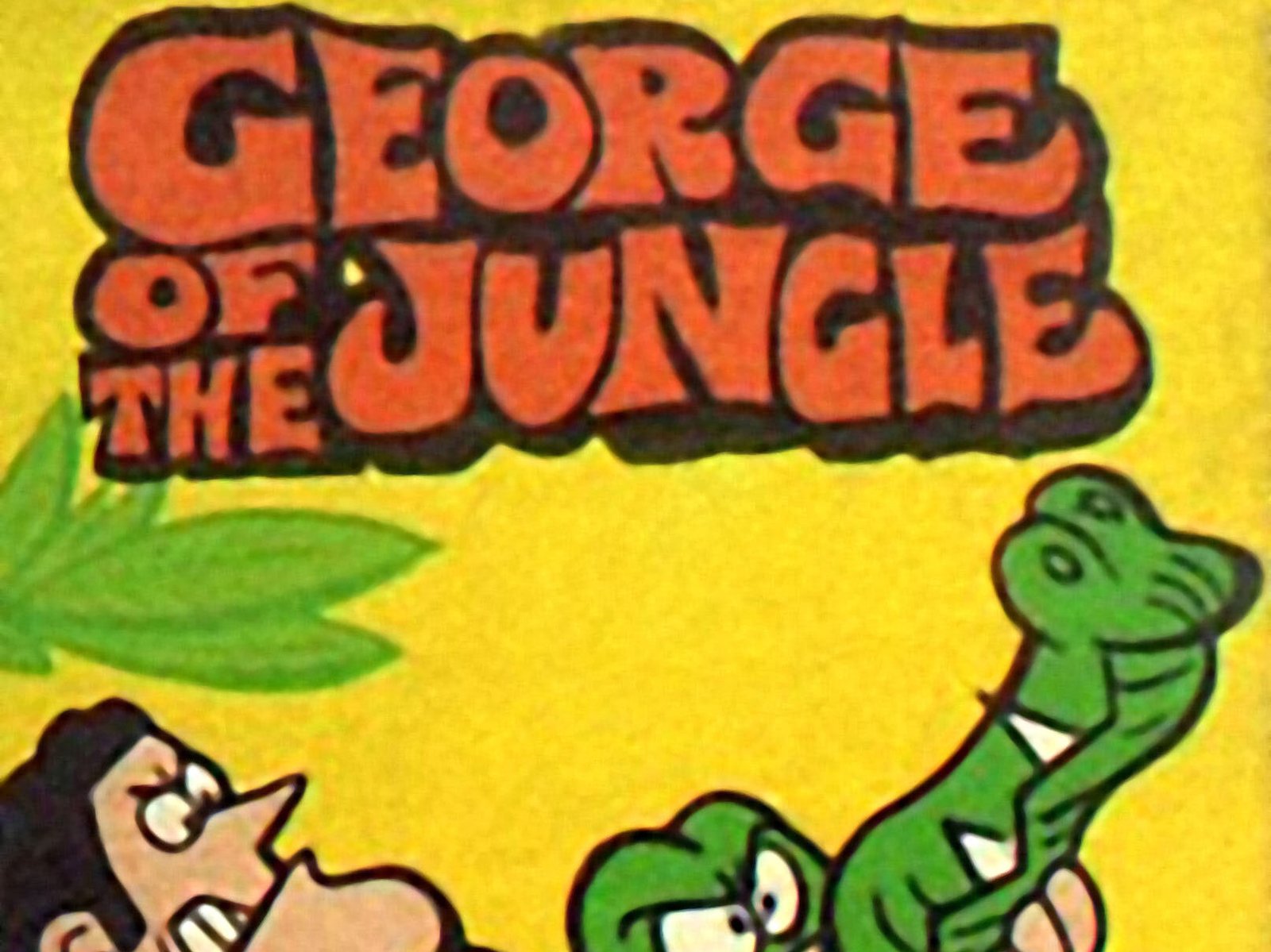
“George, George, George of the Jungle, watch out for that tree!” Few cartoon themes managed to blend narrative, humor, and catchy melody as effectively as this Jay Ward classic. The theme song, composed by the same team behind Rocky and Bullwinkle’s music, became so iconic that its “watch out for that tree” warning transcended the show to become a cultural catchphrase. The jazzy, upbeat tune with its playful lyrics perfectly established the show’s slapstick tone and the lovable but accident-prone nature of its protagonist.
What made this theme particularly memorable was its participatory quality—it was almost impossible not to shout “Watch out for that tree!” along with the singers. The song functioned as a musical representation of George’s endearing clumsiness and good heart, qualities that made the character so beloved. The theme’s enduring popularity was confirmed when it was revived virtually unchanged for the 1997 live-action film adaptation, introducing a new generation to its infectious rhythm and humor.
8. “The Banana Splits Adventure Hour” (1968-1970)
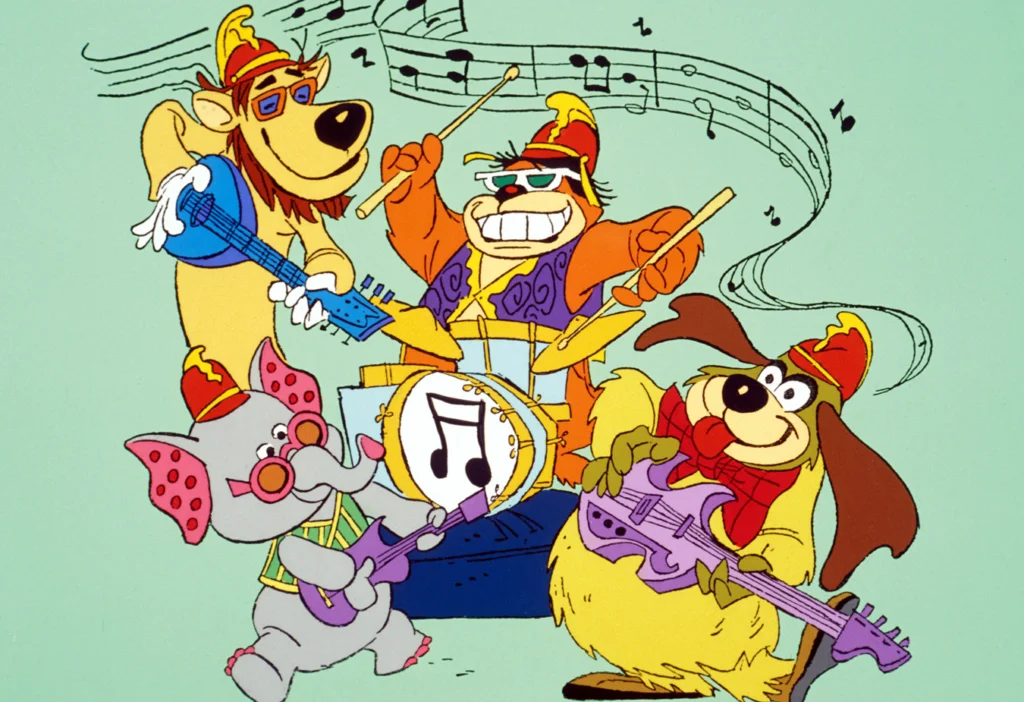
“Tra la la, la la la la, tra la la, la la la la”—these seemingly nonsensical lyrics introduced us to Fleegle, Bingo, Drooper, and Snorky, the costume-wearing animal rock band that blended live action with animation. The psychedelic theme song, written by Nelson Riddle and performed by studio musicians, perfectly captured the late 1960s flower power vibe with its bouncy rhythm and infectious hook. The bubblegum pop sound made “The Banana Splits” theme one of Hanna-Barbera’s most radio-friendly creations, reportedly even charting on the Billboard Hot 100.
What’s fascinating about this particular theme is how it doubled as both the show’s introduction and the fictional band’s signature song within the show’s universe. The catchy melody became so associated with fun and frolic that many of us still experience an instant mood lift upon hearing those first few notes. The theme’s cultural staying power has been remarkable, with cover versions recorded by various artists over the decades and a memorable feature in a Levi’s jeans commercial in the 1990s.
9. “Spider-Man” (1967-1970)

“Spider-Man, Spider-Man, does whatever a spider can”—these simple yet perfect lyrics by Academy Award winner Paul Francis Webster paired with Bob Harris’s unforgettable melody created what might be the most enduring superhero theme of all time. The jazzy, somewhat mysterious tune captured both the excitement of Spider-Man’s abilities and the noir-like quality of his crime-fighting adventures in New York City. The theme’s distinctive sound, with its prominent bass line and dramatic horns, perfectly complemented the show’s stylized animation.
What’s remarkable about this particular theme is how it transcended the show itself to become intrinsically linked with the character across all media. The melody was so effective that elements of it have been incorporated into multiple Spider-Man film adaptations decades after the cartoon ended. For many of us who grew up with the original series, it’s impossible to see Spider-Man swing between buildings without mentally hearing those iconic opening notes—a testament to the theme’s perfect encapsulation of the character’s appeal.
10. “Tennessee Tuxedo and His Tales” (1963-1966)
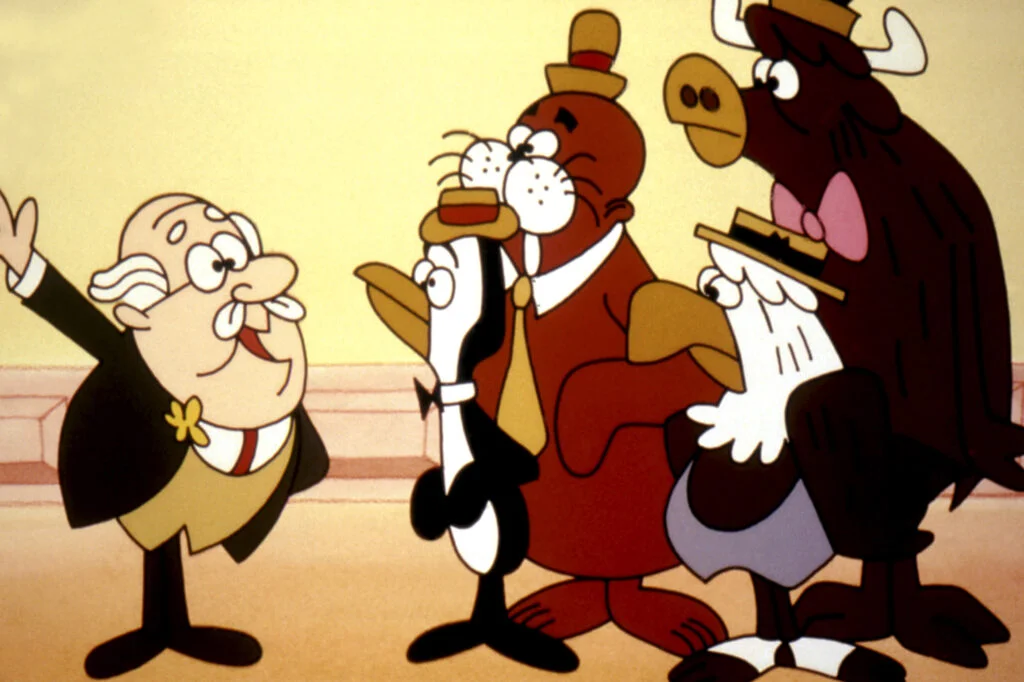
“Tennessee Tuxedo will not fail!” promised the upbeat march that introduced us to the ambitious but often misguided penguin voiced by Don Adams. The brassy, confident theme with its military-style drum cadence perfectly matched Tennessee’s can-do attitude and frequent declarations that he had a plan. The optimistic melody created a sense of adventure that drew us into Tennessee and Chumley’s latest scheme before each episode began.
The theme’s straightforward arrangement and clear, simple lyrics made it particularly easy for children to remember and sing along with—many of us probably found ourselves humming it while plotting our own childhood adventures. What made this theme especially charming was how it contrasted with the inevitable complications Tennessee would face in each episode, setting up the humorous tension between his confidence and his actual abilities. The educational elements of the show, delivered by wise walrus Professor Whoopee, were complemented by a theme that made learning seem exciting and adventurous.
11. “H.R. Pufnstuf” (1969-1971)

With its psychedelic sound and fantastical lyrics about a magical dragon, the “H.R. Pufnstuf” theme perfectly captured the trippy, imaginative world created by Sid and Marty Krofft. The theme song, composed by Les Szarvas with lyrics by Sid and Marty Krofft, welcomed viewers to Living Island with a folk-rock sound that was quintessentially late 1960s in its style and production. The cheerful melody invited us into a world where boats could talk, trees had faces, and a boy named Jimmy and his golden flute were constantly evading the wicked Witchiepoo.
What made this theme particularly memorable was how it mirrored the show’s unique blend of whimsy, fantasy, and slightly surreal aesthetics that many adult viewers now recognize as emblematic of the era’s counterculture influences. The song’s repeated invitation to “come and play away” in this magical land created an immediate sense of escapism that was the perfect introduction to the show’s imaginative universe. The theme became so associated with childhood wonder that hearing it today frequently triggers a flood of memories about Saturday mornings spent in wide-eyed amazement at the colorful puppetry and imaginative settings.
12. “The Adventures of Gumby” (1957-1969)

“He was once a little green ball of clay… Gumby!” These simple lyrics introduced us to the flexible green character who could stretch his way in and out of any adventure. The theme’s gentle, almost lullaby-like quality contrasted with most action-packed cartoon openings, creating a uniquely soothing introduction to Gumby and his orange pony pal Pokey’s dimensional adventures. The song’s innocent, childlike melody perfectly matched the show’s gentle tone and the soft clay animation style that made Gumby a distinctive presence on television.
What made this theme especially endearing was how it reflected the show’s emphasis on imagination and creativity through its dreamlike quality. The simple arrangement and memorable lyrics about Gumby’s transformative abilities mirrored the actual clay animation techniques that brought him to life on screen. For many of us, this theme represents one of our earliest television memories, with its warm tones evoking the comfort and wonder of childhood afternoons spent watching Gumby bend and stretch his way through various worlds and situations.
These theme songs weren’t just introductions to our favorite cartoons—they were the soundtracks to our Saturday mornings and after-school hours, forming musical memories that have lasted far longer than we might have expected. The craftsmanship behind these short musical pieces is remarkable when you consider their staying power; decades later, many of us need to hear just a few notes to be transported back to cross-legged positions on living room carpets, wide-eyed with anticipation for the adventures that were about to unfold. In an age of streaming and skippable intros, there’s something special about remembering a time when these musical minutes were an unskippable, cherished part of the viewing experience.


